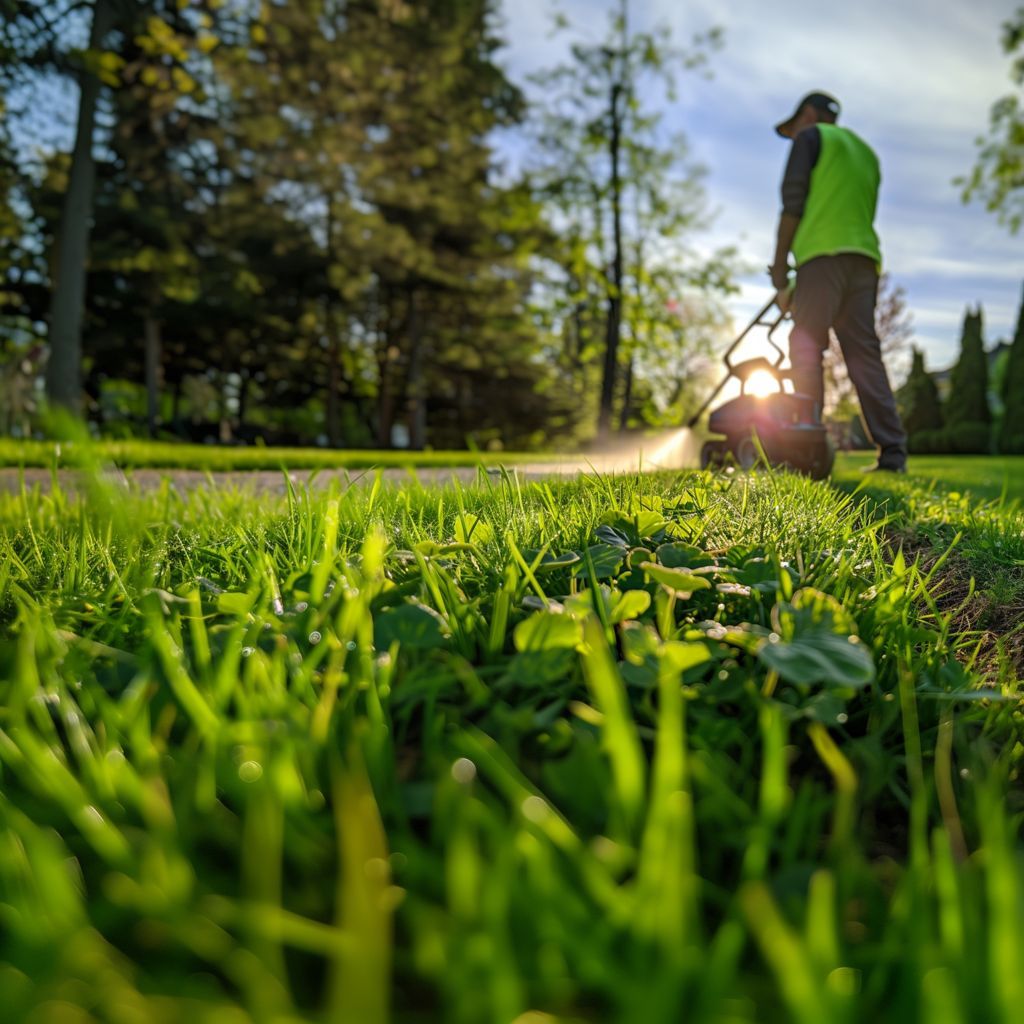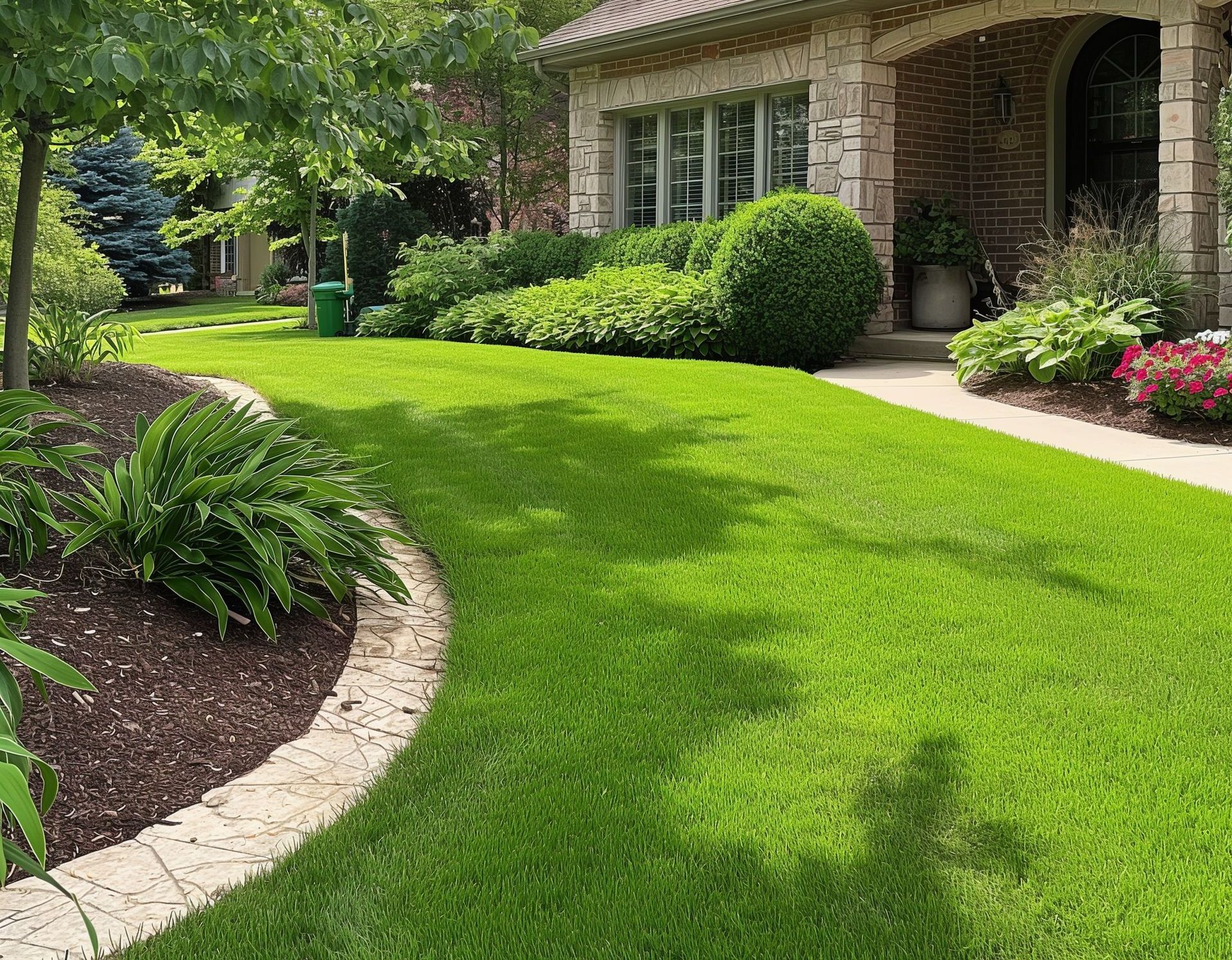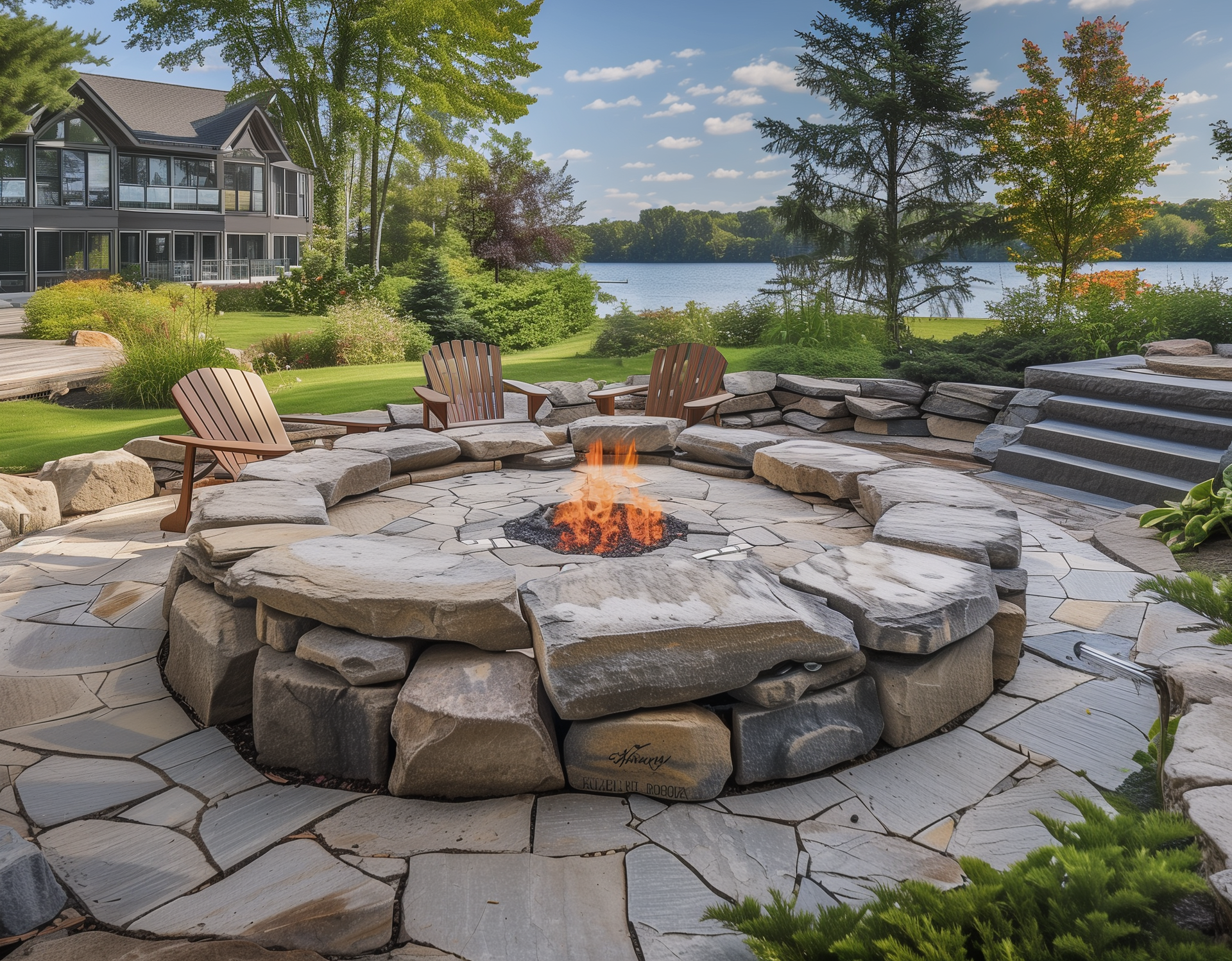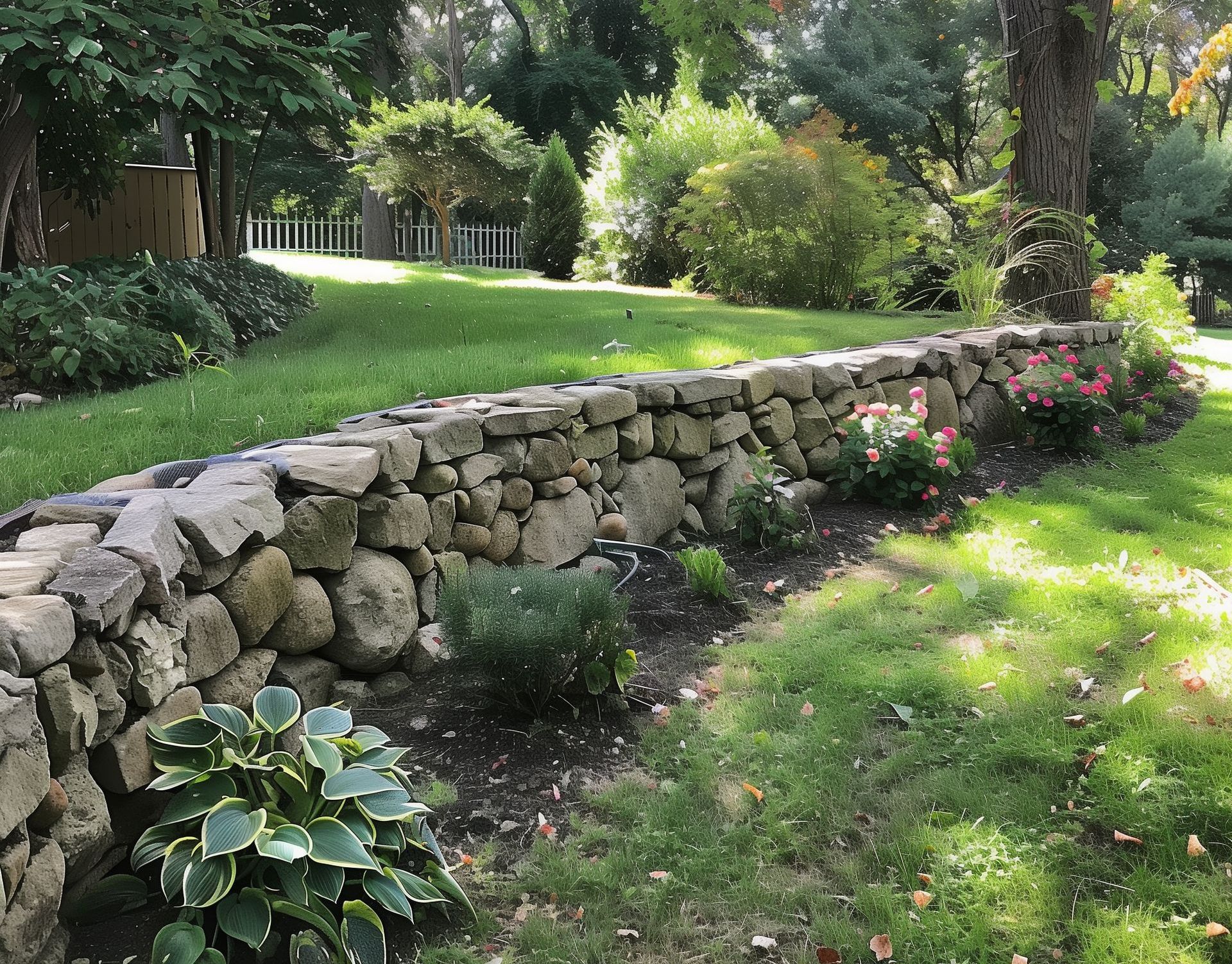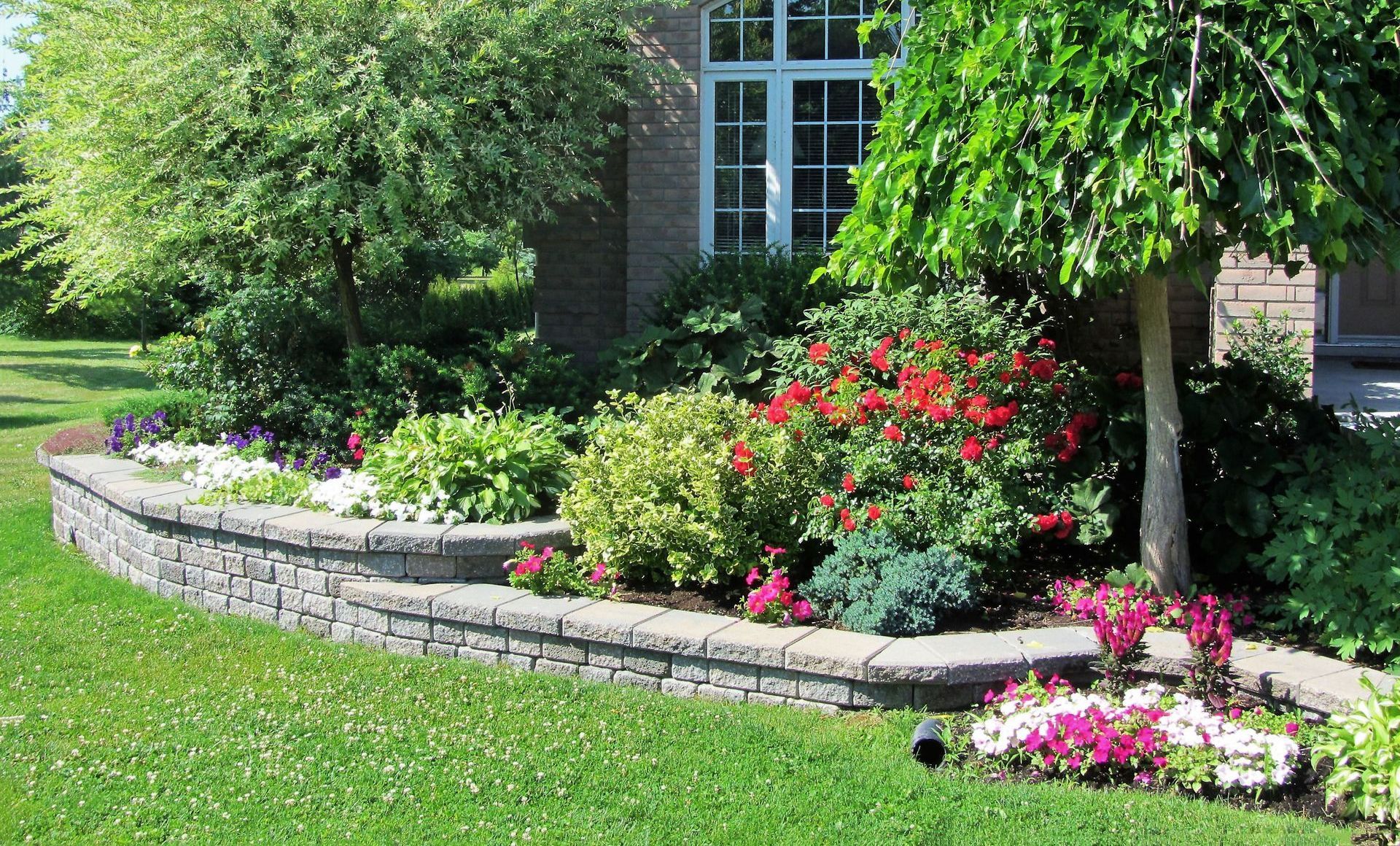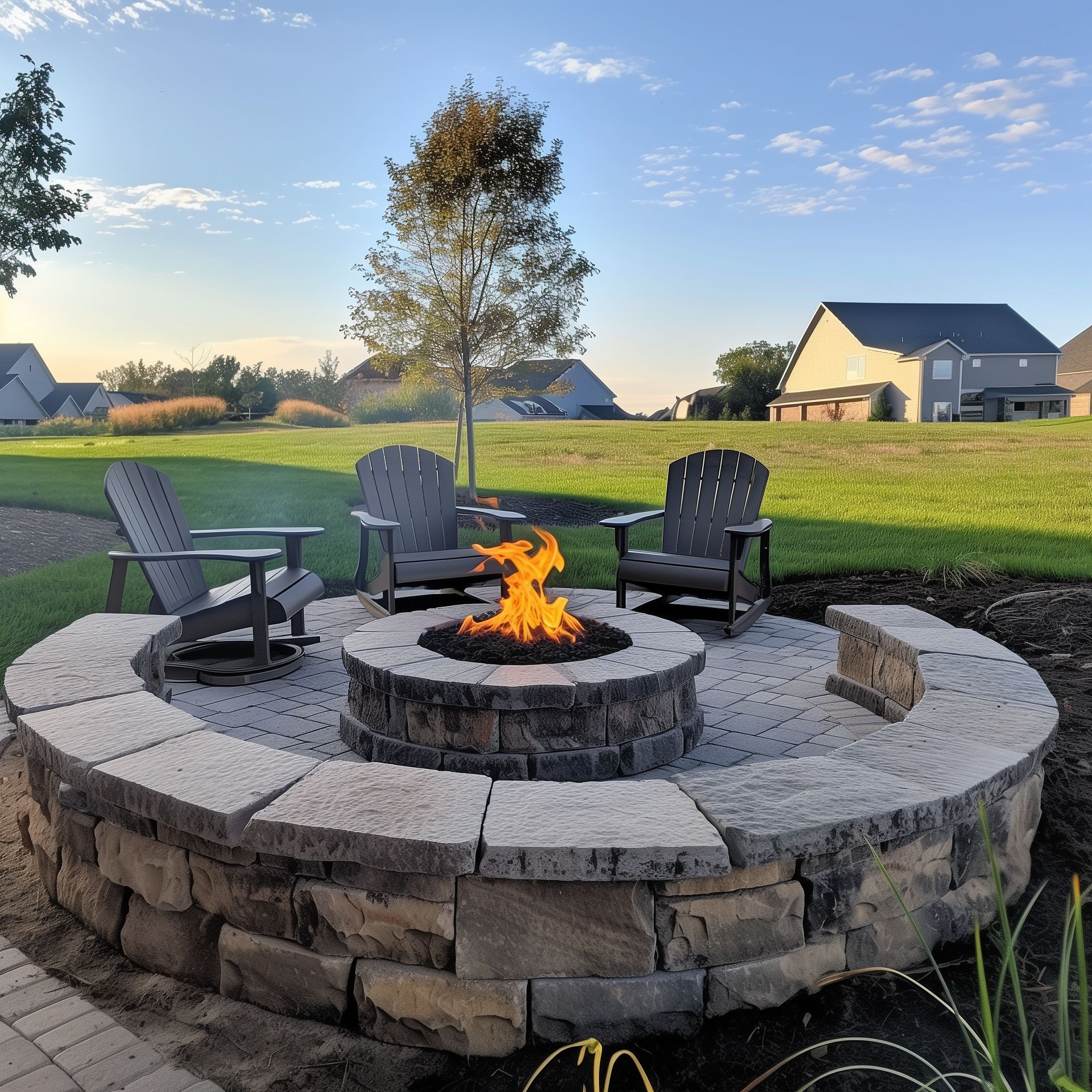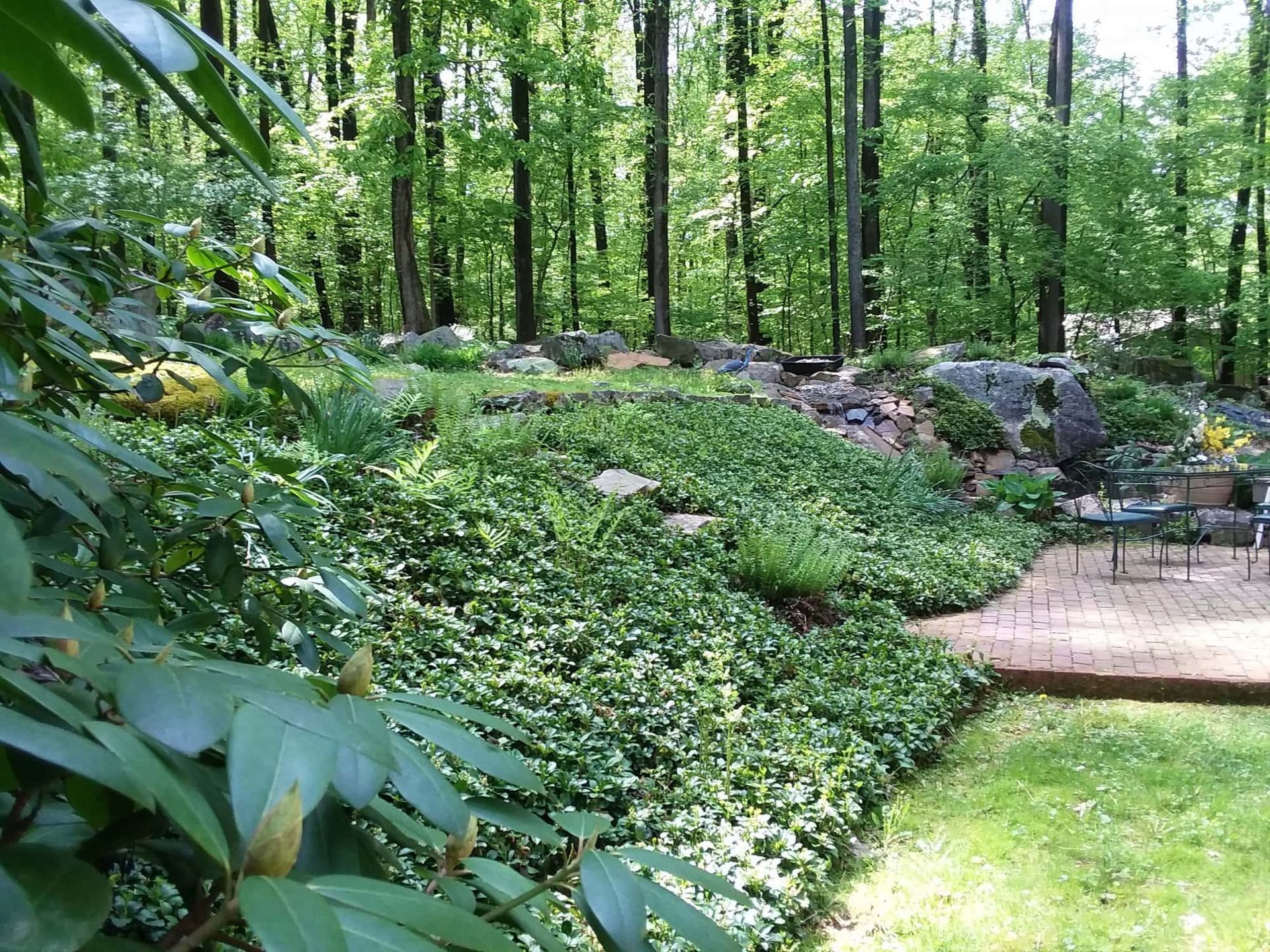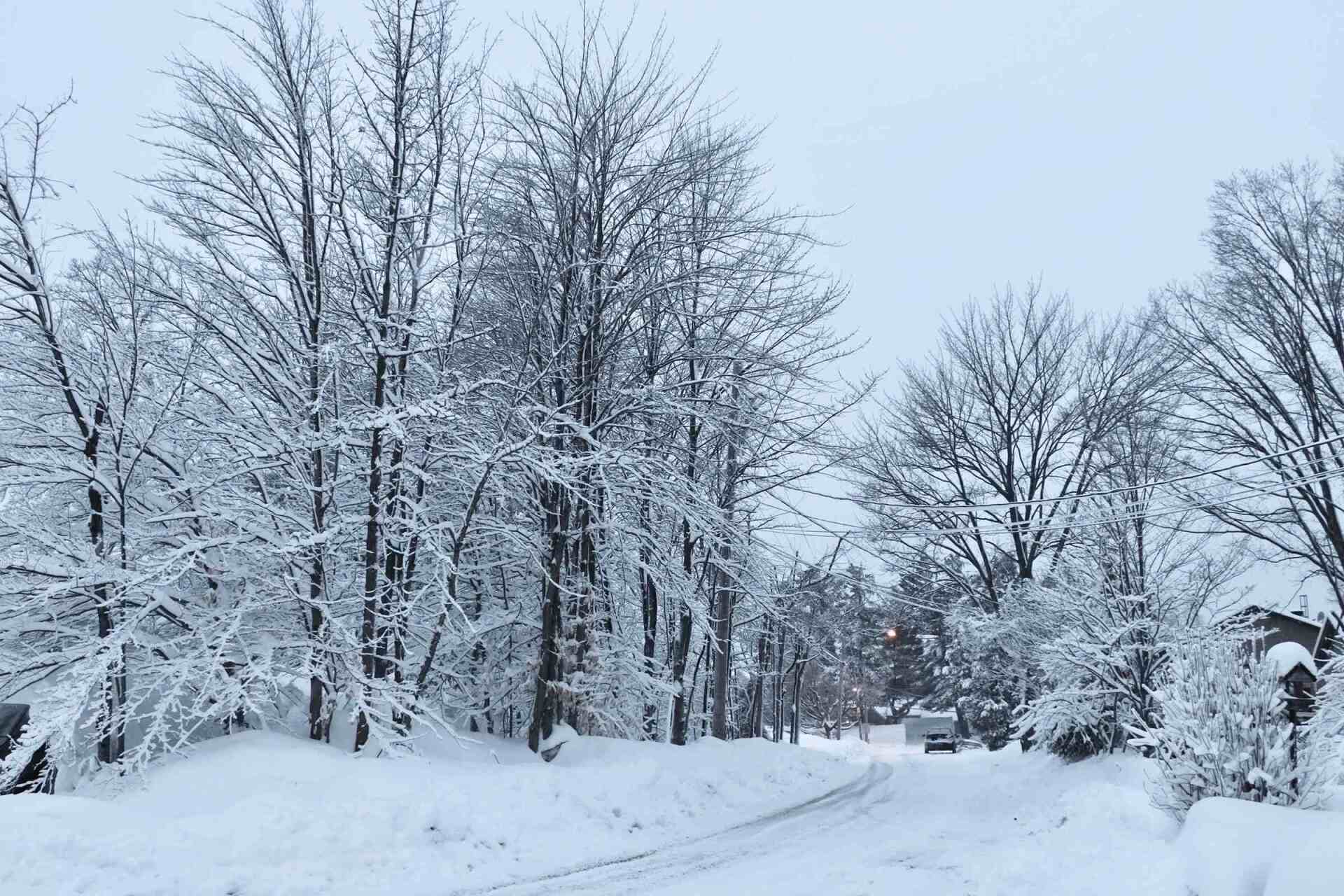
From safe snow removal to helping your landscape thrive through the freezing temperatures, there’s a lot to know about protecting your landscaping come winter. Here are the things you’re doing wrong when it comes to snow removal—and how to fix them.
1. You’re Salting Your Plants
Salting your pavement or driveway is an excellent way to help avoid ice buildup. Salt lowers the melting point of snow and ice, getting rid of thin ice sheets that become slip hazards. It’s a simple and effective method of combating frozen water on driveways, walkways, and even highways.
That said, salt is not the healthiest for the plants that are part of your landscape. Sure, most plants are dormant in winter, but tossing salt on top of them only discourages springtime growth. Even sand mixtures for increasing road traction contain salt, so there’s no simple way to avoid it.
However, you can protect plants in winter by localizing salt application instead of just tossing it out. For example, professional snow removers operating salt trucks can apply salt to a specific area, limiting the amount of salt that affects the surrounding landscape.
Business Salting Needs
For most business owners, the priority is keeping walkways and parking lots clear. In these cases, winter landscaping becomes even more crucial from a safety standpoint. Navigating the safe deicing of your property and surrounding garden doesn’t have to be complicated, either.
Using salt to prevent ice buildup is a simple step toward heightened customer safety. In certain conditions, such as warmer weather, using sand is more effective. Either way, you still need to protect any plants on site from excess salt—otherwise, you’ll be investing in landscaping again when the snow melts.
2. Salt Buildup is Drying Out Your Lawn
Like plants, your lawn doesn’t benefit from high salt levels. Salt dries out your grass, causing brown patches and requiring new sod or seed. But even if you replace your lawn in the spring, the nutrient balance in the soil may be off. Too much sodium can prevent grass from growing, and your entire landscape will need emergency attention.
While winter isn’t the prime time to grow out a lush lawn, there are steps you can take toward springtime growth. If you’re wondering how to protect plants in winter, one method is by covering them with snow fencing or even burlap.
Covering grass, shrubs, and plants helps provide insulation against the cold weather. It also keeps salt from seeping into the soil as the snow melts.
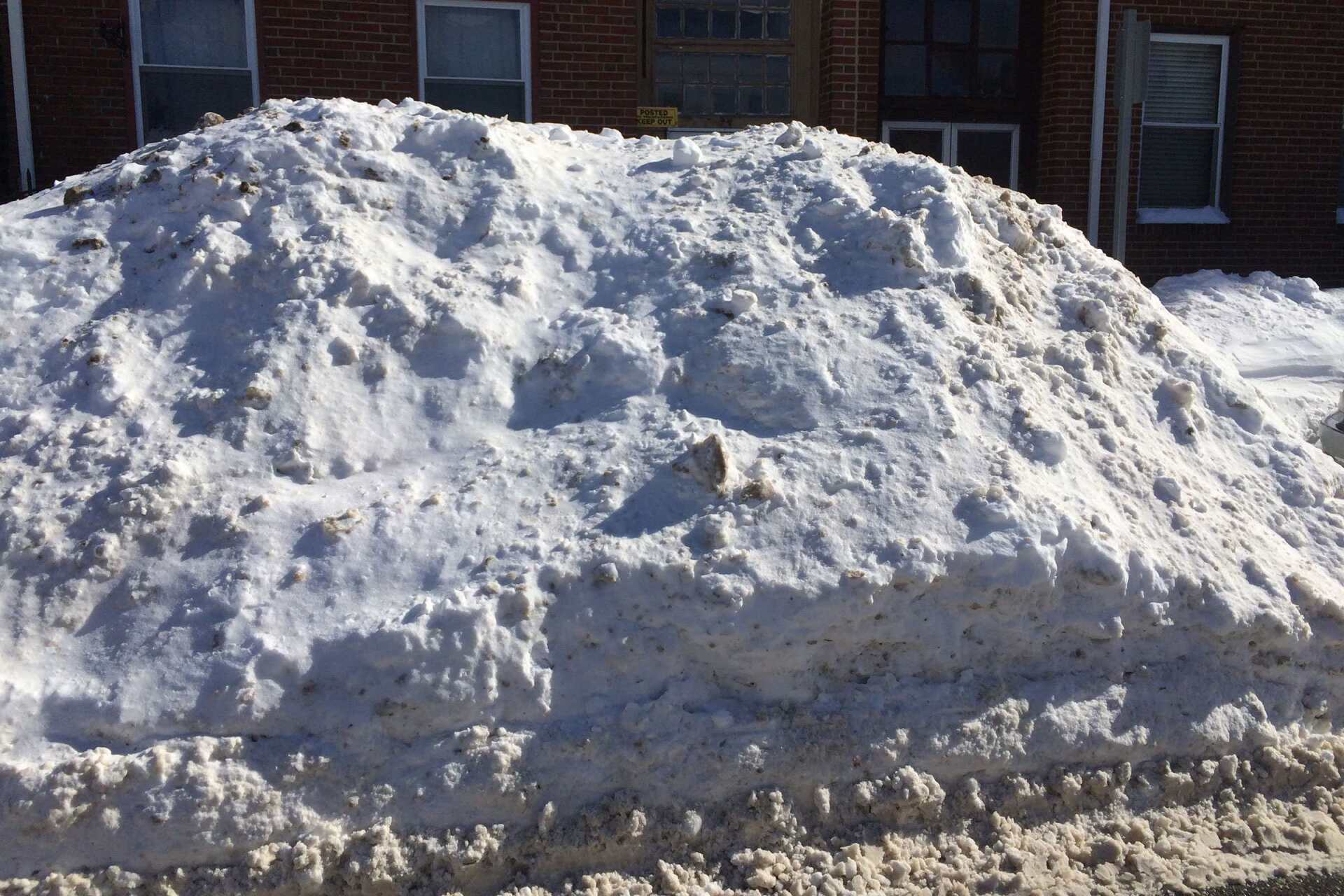
3. You Ignore Snow Pileup
Spending winter cozied up by the fireplace and watching the snowfall is ideal. But those inches (or feet) of snow on tree branches and shrubs are wreaking havoc on your landscaping. Pounds of snow can bend tree limbs, flatten lawns, weigh down bushes, and create ponds in your front yard.
On its own, ignoring snow pileups can make your spring cleanup that much more difficult. It’s also a safety hazard—the weight of snow can hurt passersby (or pets) when it finally does fall. But before you start putting on your boots to go out and shakedown the snowdrift, think about your technique and work toward safe snow removal.
4. Removing Snow from Plants Causes Damage
Understandably, you want to avoid the danger of snow pileup on tree branches. Even a layer of snow on smaller plants and shrubs can create an icy mess. But shaking tree limbs—or plants—can damage their limbs and root systems. Larger boughs may snap off trees, posing a danger to your home, business, and family.
Instead of shaking the snow off foliage, use your hands—or even a broom—to gently brush it off. Then, you can work toward safe snow removal on the ground instead of dealing with overhead flurries.
5. Piled-Up Snow Creates Dead Zones
At home, safe snow removal involves knowing how to handle snow without causing more problems. You might feel comfortable shoveling snow, for example, but depending on where you’re piling it, you could be affecting your landscaping.
For example, shoveling snow from your sidewalk and driveway enhances safety for you and your visitors. But if you’re shoveling the snow onto your lawn in one big pile, it could cause problems once the ice thaws. Snow is heavy, and heaps of it can kill grass, creating dead zones in your lawn.
You can protect the landscape in winter by stacking snow elsewhere—instead of in the middle of your yard.
6. Snow Melts on Its Own Time
It’s not feasible to melt all the snow on your lawn with a hairdryer or another household appliance. But that doesn’t mean you should wait for the springtime thaw to take care of snow buildup across your property.
In fact, letting snowmelt in late winter or early spring can allow snow mold to flourish. Snow mold begins under snow cover during winter, but it takes off when spring arrives. The result is dead, dry patches of grass that can last all year. Clearing snow from your lawn—at least when it begins to melt on its own—can help prevent snow mold.
7. You Don’t Prep for the Season
Nature happens, but that doesn’t mean you can’t winterize the landscape to resist the effects of snow and ice. Letting nature takes its course can mean higher costs and more cleanup when the season ends.
Instead, prepare ahead of time by winterizing your lawn with these steps:
- Apply a fertilizer containing high levels of potassium.
- Add lime to alter the pH of the soil; the freezing, rain, and snow all help break down the lime. By spring, the pH level will be ideal.
- Aerate the lawn properly to remove the top layer of thatch and prepare for growth in the next season.
8. Leaf Raking Ends in Early Fall
Raking leaves can become a daily task in the fall. The good news is, letting leaves remain on your lawn does have benefits for the landscape. The benefits of mulching leaves include:
- Balanced soil temperatures
- Improved soil fertility
- Moisture promotion (which means less watering)
- Dandelion prevention
However, you should aim to clear most of the leaves before winter arrives. Skipping raking means more critters look for cover on your leafy lawn through the colder months, and that can mean tunnels under the grass and other problems.
Leaving leaf debris on your grass can also encourage snow mold, plus smother the lawn as snow piles up. Some amount of breakdown of organic leaf matter is good for the lawn, of course. But too much, and you’ll experience landscaping headaches for multiple seasons.
9. You Don’t Mow Before Winter
No one expects you to mow your property when snow begins coming down. But planning to mow shortly before freezing temperatures arrive ensures that your lawn is its healthiest for winter.
Keeping the grass at around two to two and a half inches long is optimal for protecting your lawn. When they stand straight, grass blades avoid getting compacted by heavy snow. It’s less likely that mold and other fungi will grow, too. The shorter length also deters smaller pests from moving in and hiding out between grass blades.
10. Young Trees Don’t Get Help
Most trees can handle winter on their own. But if you’ve recently planted—or noticed—young trees starting to grow, it’s a smart idea to protect them against hungry winter critters. Many animals will seek out accessible food sources as the ground freezes over, and young trees are a delicacy.
Wrapping tree trunks—particularly those more vulnerable trees with thinner bark—with warmer materials is the first step for winter protection. However, it may not discourage animals from eating your saplings.
Using wire mesh or another tree protecting material around the base of young trees should help. It keeps critters away and prevents disease and damage to the tree’s trunk. Of course, you might already have measures in place to keep animals from sampling them.
Just make sure your system can stand up to ice, snow, and wind, too.
Finding Quality Snow Removal Help
Taking the DIY route for snow removal is possible, but not always ideal. From the physically demanding work of shoveling the sidewalk to correctly calculating the amount of salt you need, a lot goes into winter landscaping maintenance.
Fortunately, professional help is only a call away, so you can keep relaxing by the fire while someone else handles your snow clearing tasks.
Expert snow removal staff can operate salt and sand trucks, make quick work of shoveling sidewalks, and protect your property and landscaping investments. Effective snow removal also makes your home a safer place to enjoy the delightful parts of winter weather.
Preserving Your Landscaping for Another Season
It’s true that quality landscaping requires regular maintenance to keep up appearances and plant health. But by taking preventative steps before winter—and using safe snow removal when storms start—you can ensure healthy greenery all year.
The post You’re Doing It Wrong— 10 Ways You’re Messing Up Snow Removal appeared first on KG Landscape Management .
Ready to Start on Your Next Project?
Call us at (763) 568-7251 or visit our quick quote page.



